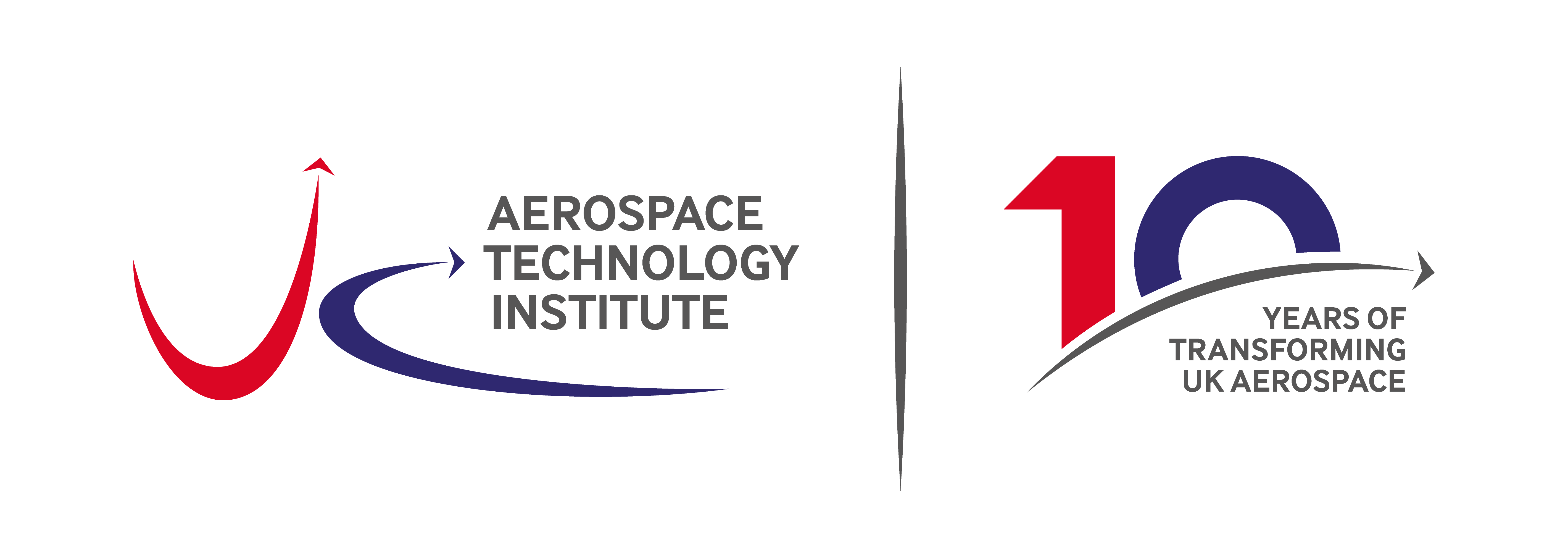There is no silver bullet
After 18 months of virtual meetings, the aerospace technology community is venturing out again face-to-face. I have been amongst them, including last week in Toulouse, courtesy of the RAeS. Inevitably, the main theme is sustainability. So, what are the main thoughts that I try to get over when I meet people?
There is no silver bullet
ATI’s Framework for Sustainable Aviation highlights that we must address sustainability in the round. Aircraft contribute around 5% of global warming through CO2, NOX and contrails. They impact the environment around airports, and aircraft manufacturing requires raw materials. We must address all these issues and there is no single solution. Some measures help in one area but create problems in another. ATI projects are making aircraft more efficient and lighter, but we must go much further.
In 2020 ATI launched the FlyZero project to understand the feasibility of zero-emission flight. Inevitably, the aircraft’s energy source is critical. For shorter ranges, batteries offer zero emissions, provided they are charged from renewable sources. Sustainable aviation fuels (SAFs) can power all forms of aircraft, but still emit carbon. SAF production from bio feedstocks also affects land and water use. But bio-SAF is the best near-term option to reduce carbon emissions, and production is ramping up across the world. Longer term, so called Power to Liquid (PTL) fuels may be feasible using CO2 from the atmosphere processed with green hydrogen. But they would require enormous quantities of hydrogen (and therefore electricity) – three times more than if hydrogen were used directly to power the aircraft.
Hydrogen, as gas or liquid, is therefore another possibility, and is the focus of FlyZero. It would eliminate tailpipe carbon emissions, and has three times the energy density of kerosene by mass; but it has much lower energy by volume, even when liquid. For shorter journeys, pressurised hydrogen gas can be used in fuel cells, emitting only water. But for longer-range larger aircraft, burning cryogenic liquid hydrogen in turbofans looks a better option, despite formidable challenges in developing lightweight robust cryogenic fuel systems.
The ground infrastructure requirements will also be substantial (see ATI’s Integration of Hydrogen Aircraft into the Air Transport System report). Furthermore, burning hydrogen would still create contrails and emit NOX. Despite the challenges however, the ATI considers that the UK should establish a strong capability in this area to confirm the feasibility of eliminating carbon emissions from aircraft. FlyZero is delivering the technology roadmaps for future ATI investments to do this.
Making choices
As we have seen, there are many ways to reduce the environmental impact of our industry – but we must make choices against limited resources. The ATI is able to model global fleet sustainability across the full lifecycle of aircraft, from extraction and refining of raw materials, through manufacture, service operation to end of life. Currently focused on carbon emissions, we can develop different scenarios based on assumptions about the introduction of new aircraft technologies. Going forward we will use this approach in our evaluations of ATI project proposals.
Sustainability comes at a cost
It is not free! Industry has done well to reduce the cost of flying, but is it now too cheap? Are we covering the environmental cost? The transition to net zero will bring higher costs. SAF and hydrogen will be more expensive than kerosene. With hydrogen, wholly new aircraft will be required, with attendant costs of product development, certification and industrialisation. Governments may need to incentivise the uptake of lower carbon energy sources whilst simultaneously penalising higher carbon alternatives to reflect the cost of carbon.
There is a bigger picture
Aerospace is not unique in needing resources. Decarbonisation requires green electricity for all energy consumers. If the supply is limited, which applications would take priority? Take hydrogen for instance. Today, most industrial hydrogen is produced from methane and used in oil processing and fertiliser manufacture. The CO2 emitted by producing this ‘grey’ hydrogen is approximately the same as from the global aviation industry. An early decarbonisation win could therefore be for green hydrogen to replace grey hydrogen. Clearly, the route to zero net carbon for aerospace is not straightforward and must take into account the overall supply and demand for future electrical energy.

